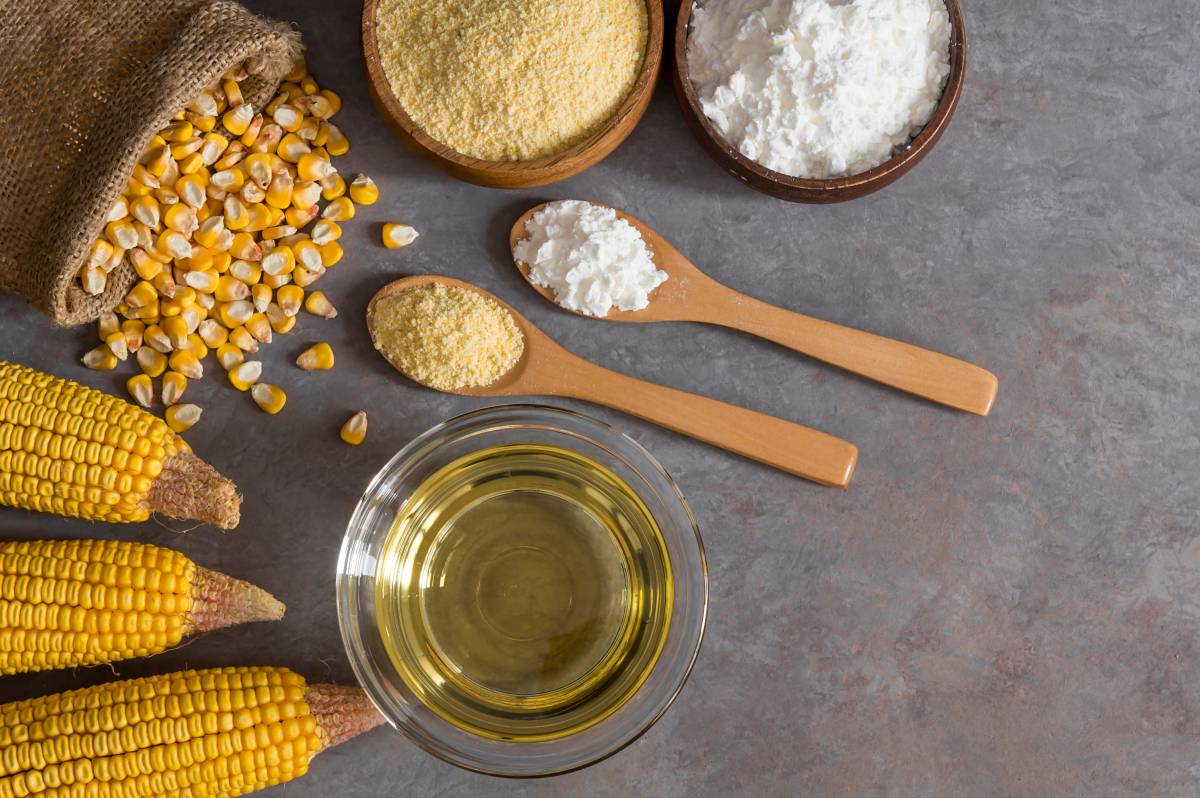Corn Flour V/S Cornstarch: A Guide for Beginners
Corn Flour: A Versatile Culinary Ingredient
Corn flour, also known as cornstarch, is a fine, powdery substance made from the endosperm of corn kernels. It is commonly used as a thickening agent in cooking and baking because it absorbs liquid and creates a smooth and thick texture. Corn flour is a versatile and essential ingredient in many cuisines around the world.
Production Process: Corn flour is obtained from the starchy part of corn kernels, known as the endosperm. The kernels are first cleaned, soaked, and then ground to extract the starchy content. This starchy liquid is then processed to remove impurities and dried to create the powdery corn flour.
Culinary Uses:
Corn flour is primarily used as a thickener in various culinary applications:
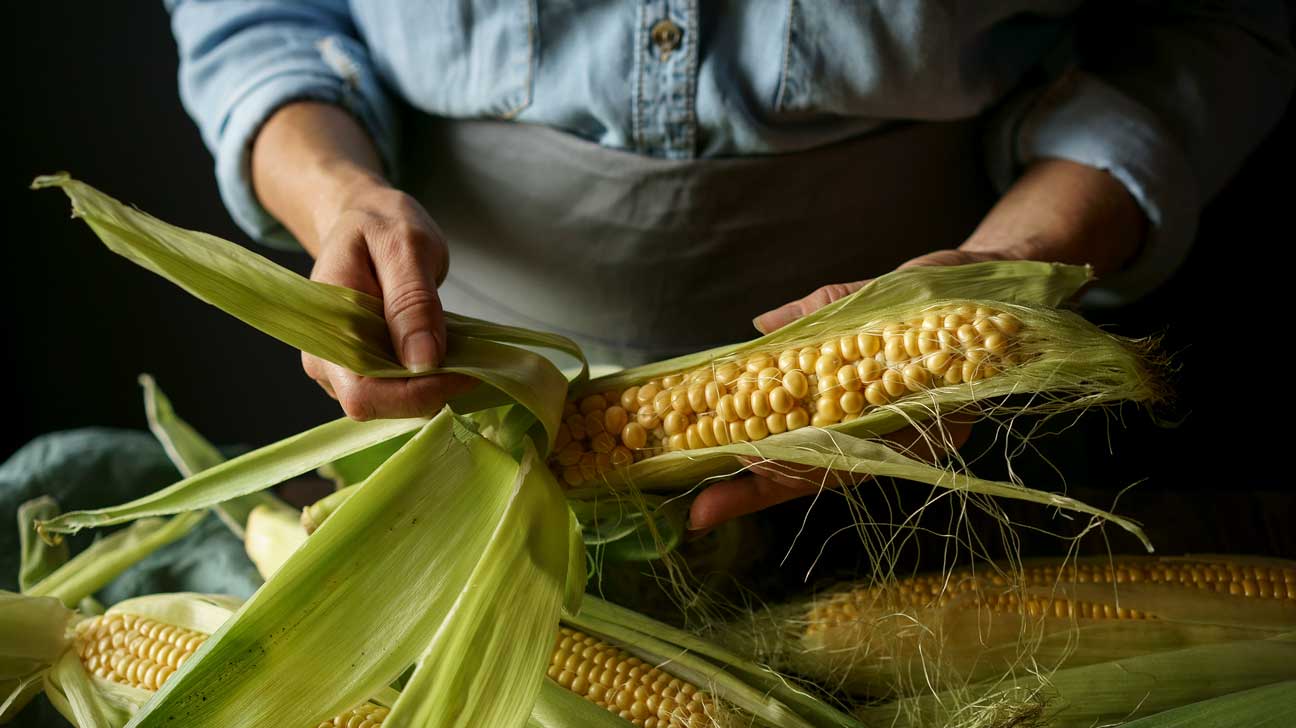
1. Sauces and Gravies: Corn flour is commonly used to thicken sauces, gravies, and soups. It can be mixed with cold water to create a slurry before adding it to hot liquids. As the mixture heats up, the corn flour absorbs the liquid and thickens the sauce.
2. Baked Goods: Corn flour is often used in baking to provide structure and moisture to cakes, cookies, and pastries. It helps create a tender and light texture in baked goods.
3. Puddings and Custards: Corn flour is a key ingredient in making creamy puddings and custards. It thickens the mixture as it cooks, creating a smooth and luscious dessert.
4. Fried Foods: Corn flour can be used as a coating for fried foods like chicken or vegetables. It creates a crispy and golden outer layer when deep-fried.
5. Gluten-Free Alternative: Corn flour is naturally gluten-free, making it a popular choice for individuals with gluten sensitivities or celiac disease.
Tips for Using Corn Flour:
1. When using corn flour as a thickener, always create a slurry by mixing it with cold water before adding it to hot liquids. This prevents lumps from forming.
2. Corn flour thickens as it reaches its boiling point. Avoid overcooking after adding it to avoid an overly thick texture.
3. Corn flour has a neutral taste, making it suitable for both sweet and savory dishes.
Differences between Corn Flour and Cornmeal:
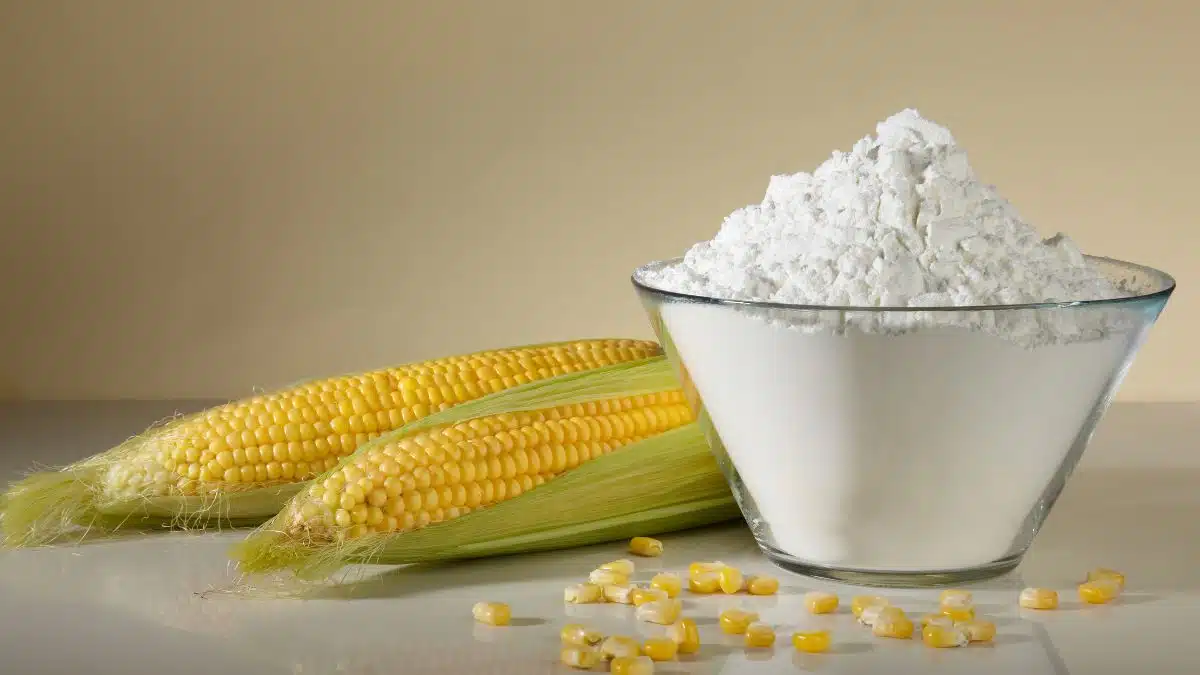
It's important not to confuse corn flour with cornmeal. Cornmeal is coarser and made from grinding the whole corn kernel, including the bran and germ. Cornmeal is often used for making cornbread, tortillas, and other baked goods with a more substantial texture.
Corn flour, also known as cornstarch, is a versatile culinary ingredient prized for its thickening properties. It is widely used in cooking and baking to create smooth sauces, creamy desserts, and tender baked goods. With its neutral flavor and ability to provide structure, corn flour is a staple in kitchens around the world, offering an easy way to achieve the desired consistency and texture in a variety of dishes.
Cornstarch: A Cooking Essential for Thickening and Texture
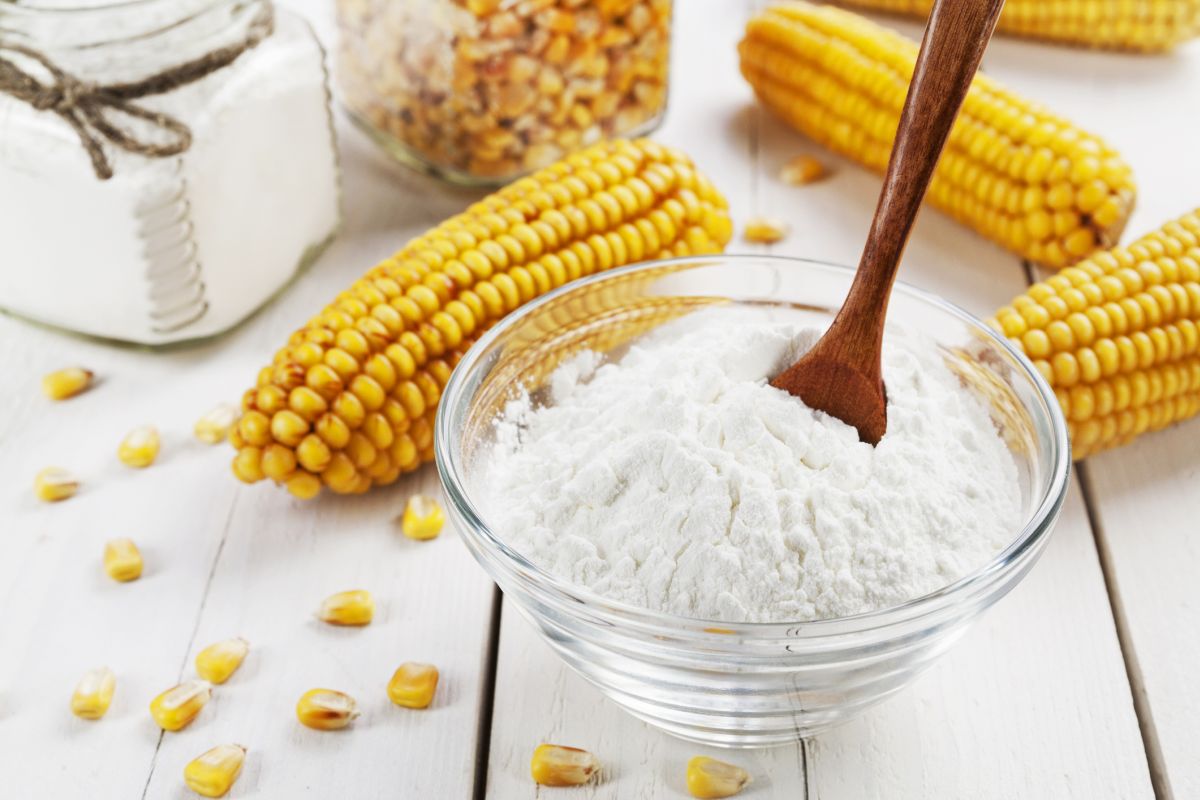
Cornstarch, also known as Corn Flour in some regions, is a fine white powder derived from the endosperm of corn kernels. It is a versatile ingredient commonly used in cooking and baking to thicken sauces, soups, and fillings, as well as to provide a smooth texture to various dishes. Cornstarch is a staple in many kitchens due to its ability to transform the consistency of liquids and create a desired texture in both sweet and savory recipes.
Production Process: The production of cornstarch involves several steps:
1. Extraction: Corn kernels are soaked in water to separate the starchy endosperm from the germ and bran.
2. Grinding: The soaked kernels are then ground to create a slurry, which is a mixture of starch and water.
3. Separation: The slurry is separated into starch and other components using centrifugal force or other separation techniques.
4. Washing and Drying: The extracted starch is washed to remove impurities and then dried to create the fine powder known as cornstarch.
Culinary Uses:
Cornstarch is prized for its thickening abilities and versatility in cooking:
1. Thickening Sauces and Soups: When heated in a liquid, cornstarch absorbs water and swells, creating a thicker consistency. It is commonly used to thicken sauces, soups, gravies, and stews.
2. Baking: Cornstarch is used in baking to create light and tender textures in cakes, cookies, and pastries. It can replace a portion of all-purpose flour to improve the crumb structure.
3. Desserts: Cornstarch is an essential ingredient in making custards, puddings, and pastry creams. It gives these desserts a smooth and creamy texture.
4. Fried Foods: Cornstarch is used as a coating for fried foods to create a crispy exterior when fried.
5. Gluten-Free Cooking: Cornstarch is naturally gluten-free, making it a valuable ingredient in gluten-free cooking and baking.
Tips for Using Cornstarch:
1. Creating a Slurry: To prevent lumps, mix cornstarch with a small amount of cold liquid (usually water) to create a slurry before adding it to hot liquids.
2. Tempering: When thickening hot liquids with cornstarch, gradually add the slurry to the liquid while stirring continuously. This prevents the starch from clumping.
3. Boiling Point: Cornstarch reaches its maximum thickening power when it boils. Once the liquid has thickened, remove it from heat to prevent over-thickening.
Cornstarch is a valuable cooking ingredient known for its thickening properties and ability to create desired textures in a wide range of dishes. From enhancing the consistency of sauces and soups to contributing to the lightness of baked goods and desserts, cornstarch is a versatile tool that empowers cooks and bakers to achieve their culinary goals. Whether used in classic recipes or innovative creations, cornstarch plays a vital role in transforming ingredients into delightful culinary experiences.
The difference between "Corn Flour" and "cornstarch"
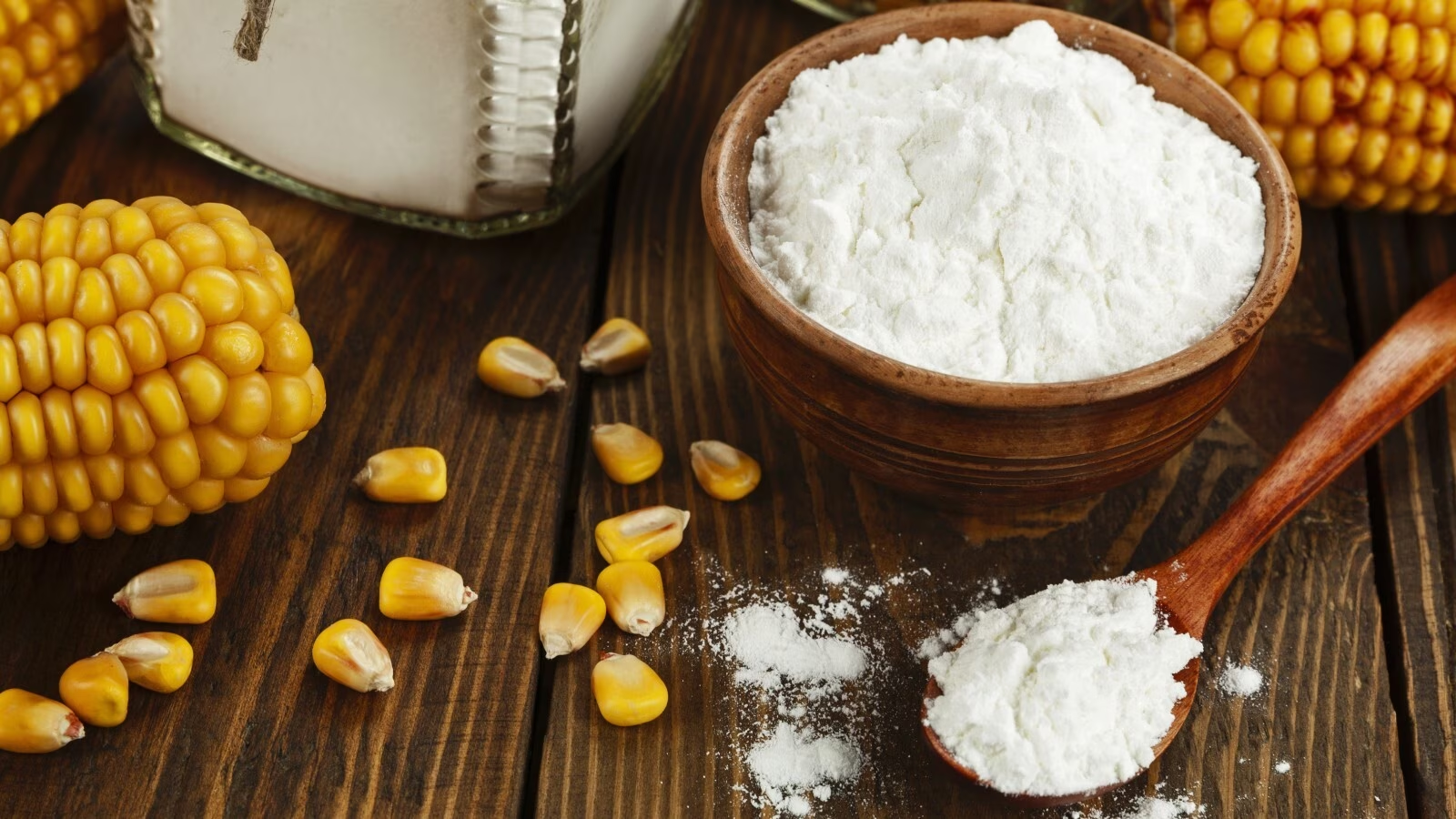
"Corn Flour" and "cornstarch" are terms that can vary in meaning depending on the region you are in. In some parts of the world, these terms are used interchangeably, while in others, they refer to different products. To clarify the distinction:
1. Corn Flour (Outside North America): In many countries outside North America (such as the United Kingdom, Australia, and some parts of Asia), "Corn Flour" refers to what Americans commonly know as "cornstarch." It is a fine white powder extracted from the endosperm of corn kernels and is primarily used for thickening sauces, soups, and other dishes.
2. Cornstarch (North America): In the United States and Canada, "cornstarch" is used to describe the same fine white powder extracted from corn kernels, used for thickening purposes
The confusion arises from the difference in terminology between these regions. Therefore, when encountering these terms, it's essential to consider the context and the geographic region in which they are being used. To avoid misunderstandings, it's a good practice to specify the intended product and its purpose in your cooking or baking.
The 5 Best Cornstarch Substitutes for Cooking and Baking
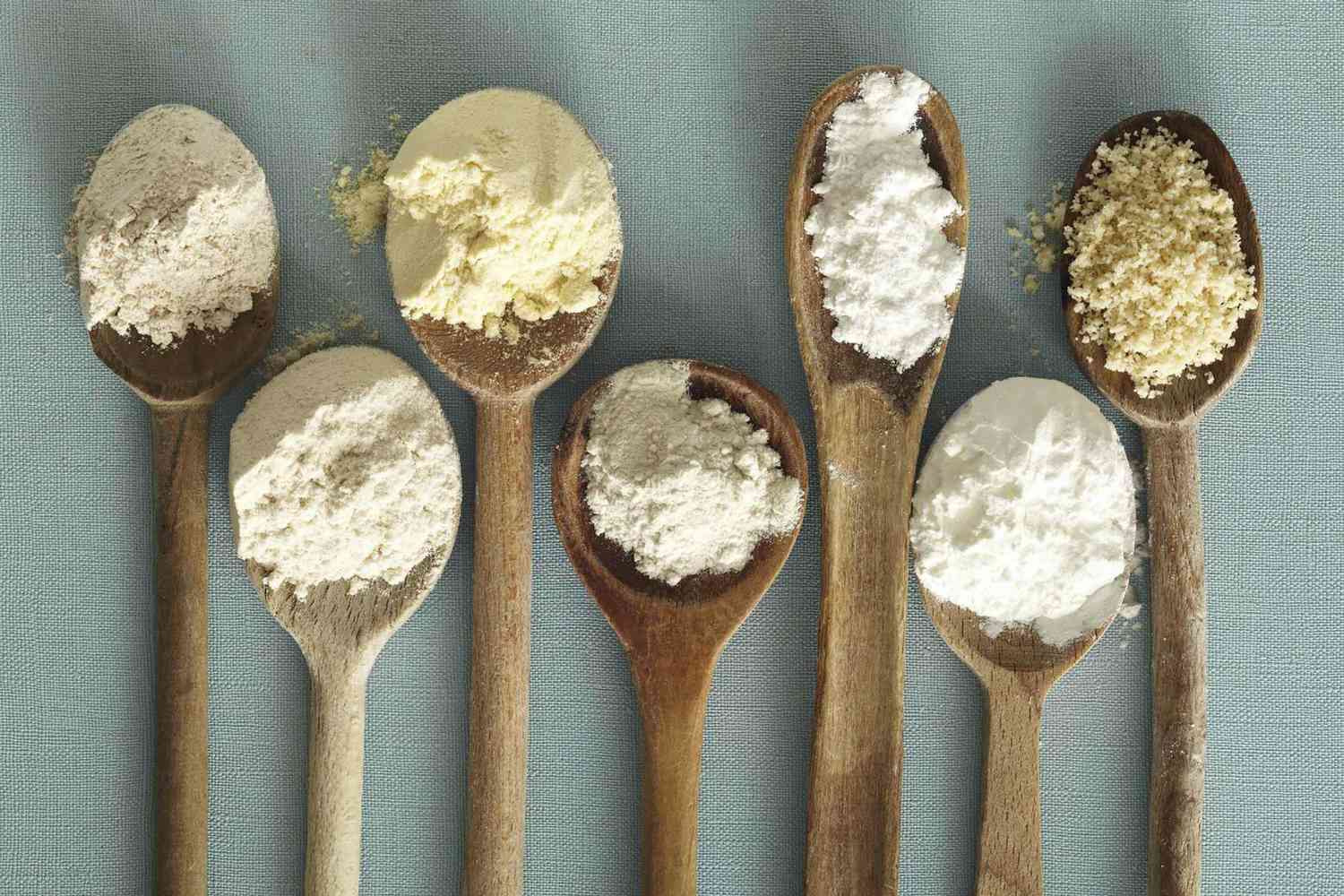
1. Arrowroot Powder: Arrowroot powder is a versatile and gluten-free substitute for cornstarch. It has a similar thickening power and creates a glossy finish. It works well in both hot and acidic mixtures. Use a 1:1 ratio when substituting arrowroot for cornstarch.
2. Tapioca Starch/Flour: Tapioca starch or flour is another excellent alternative to cornstarch. It's derived from the cassava root and provides a slightly chewy texture. It works best in fruit pies, puddings, and sauces. Use a 1:1 ratio as a cornstarch replacement.
3. Potato Starch: Potato starch is a neutral-flavored option that works well as a thickener for both sweet and savory dishes. It's suitable for gravies, soups, and sauces. When substituting potato starch for cornstarch, use a 1:1 ratio.
4. Rice Flour: Rice flour is a gluten-free alternative that can be used as a thickening agent in both cooking and baking. It's particularly useful in dishes that will be heated for an extended period. Replace cornstarch with rice flour at a 2:1 ratio (2 tablespoons of rice flour for every 1 tablespoon of cornstarch).
5. Wheat Flour: While wheat flour contains gluten, it can still be used as a substitute for cornstarch in some recipes. It's best for recipes where the thickening agent's flavor won't impact the dish, such as savory sauces and stews. When using wheat flour as a substitute, you'll need to use about twice the amount compared to cornstarch. For instance, if a recipe calls for 1 tablespoon of cornstarch, you'll need 2 tablespoons of wheat flour.
Remember that each substitute may have slightly different properties, so it's a good idea to test them in a small batch before using them in a larger recipe. Additionally, since these alternatives have different thickening powers, you may need to adjust the quantities accordingly to achieve the desired consistency in your dishes.

